How do you do a double under jump rope?
You may utilize music to get you through your exercise (holler to Drake). In any case, imagine a scenario where your exercise made music.
Welp, twofold unders do!
“There’s a practically heartfelt, precise cadence to twofold unders,” says David Newman CF-L1, Founder and CEO of Rx Smart Gear and The Rx Method Jump Rope Workshop — the go-to rope brand of numerous CrossFit Games competitors. “At the point when somebody is doing them well, you can hear the hypnotizing whoosh-whoosh, tap-tap all through the rec center.”
Yet, their mesmerizing force isn’t the solitary motivation to do them. Peruse on to get familiar with the wellness benefits.

Twofold under characterized
Regularly, working out with rope involves the rope going under your feet one time. 1 leap = 1 revolution.
Twofold unders require the rope to turn under your feet multiple times per bounce. 1 leap = 2 revolutions.
Indeed, twofold unders merit learning
First off, every pivot works virtually every muscle from your coaches to your snares. Counting, your hold muscles, quads, glutes, calves, Achilles, hamstrings, biceps, and that’s just the beginning.
Twofold unders don’t simply work your leg muscles, they work your instability. “With each bounce, you’re depending on the quick jerk muscle filaments in your calves, Achilles, and soleus,” says Newman.
Another muscle to add to that rundown: your ticker. “Twofold unders are a simple method to get in cardiovascular development without machines,” he says. At the point when the COVID-19 pandemic has affected rec center participation, and thusly admittance to treadmills and ellipticals, the leap rope is a cardio device you can depend on!
Breaking the twofold under right down
From the outset, you may think twofold unders are simple — everything you do is single-unders however quicker… correct? As a matter of fact, wrong.
“Twofold unders look basically the same as singles under (the rope moves directly around the body, for instance),” says Newman. “Be that as it may, it’s a truly unique exercise.”
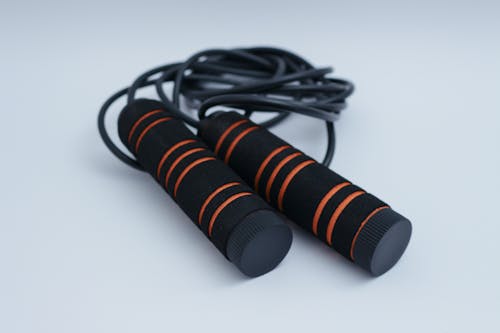
Bit by bit guidelines
Position the leap rope behind your heels, holding either end in two hands.
Keeping center propped, bears down, and elbows near your body, flip the rope over your head toward the front of your body, and leap to allow it to pass under you. Keep flicking wrists so the rope passes under your feet a second time before you land.
Get back to the ground to finish the rep.
- In the first place, nail single-unders
“While twofold unders require distinctive time and more instability than single-unders, we need to make individuals strong single-unders before having them attempt twofold unders,” says Newman.
Why? Since the arm and hand position is something similar. Also, both require the capacity to bound.
“Doing low, speedy single-unders will propagate the tight, fast wrist movements that you need to use during twofold unders,” says Newman. Basically, twofold unders consolidate this speedy wrist flick (say that multiple times quick!) joined with a generous bound.
- Disregard the rope
In opposition to normal conviction, the way to pounding names isn’t the speed that the rope moves — it’s how high you hop. Also, that is by and large why Newman suggests individuals practice the leap.
Yet rather than rehearsing the leap while doing single-unders, he suggests individuals do it with no rope close by. Why? The beat is unique.
While you practice, there are two key things to stay away from:
- Twisting your knees
- Piking your legs
“There will be some knee flexion with the twofold under because you’re selecting more muscles to push you vertical,” he says. However, we’re not talking cannonball-Esque knee-bowing.
How high to get twofold under?
Not certain in case you’re bouncing sufficiently high? Newman suggests putting resources into a Bounding Target Trainer, which is intended to connect to the apparatus 8 to 10 creeps over your head. Then, at that point, work on bouncing up to hit the (vulnerable objective) 5 to multiple times in succession.
“At the point when the lone thing somebody is centered around is getting your head to hit the objective, their body will normally do what it needs to do to hit that stature,” Newman says.
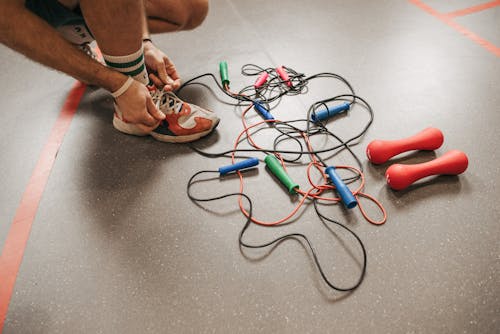
- Practice twofold off the deck
Twofold off the deck involves precisely what it seems like it does: Trying a twofold under directly as you hop off the deck
“It involves preparing to go, getting the rope going, and when the rope comes around the first occasion when you drive it to come around a second time before returning your feet to the ground,” clarifies Newman.
This is rather than what novices normally do: Warming up with a couple of single-unders before attempting a twofold under.
“An under-appraised workout, twofold off the deck permits individuals to figure out how to put the rope in the right situation when it leaves the ground,” says Newman. “It additionally shows persistence and assists individuals with understanding the rope shouldn’t be moving super quick for a twofold under to occur.”
If you can’t get twofold under inside your initial 10 endeavors, stop. “Try not to continue pointlessly,” says Newman. All things being equal, attempt the 2-1 drill.
- Take on the 2-1 drill, then, at that point attempt the 2-2 drill
“This involves doing two low, speedy single-unders quickly into one, high leap twofold under, then, at that point halting,” clarifies Newman.
The main part? Halting get-togethers get the twofold under. This holds you back from growing negative quirks.
“On the off chance that somebody can do the 2-1 arrangement neatly in succession, we have individuals attempt 2 single-unders followed by 2-twofold unders, and afterward halting,” he says.
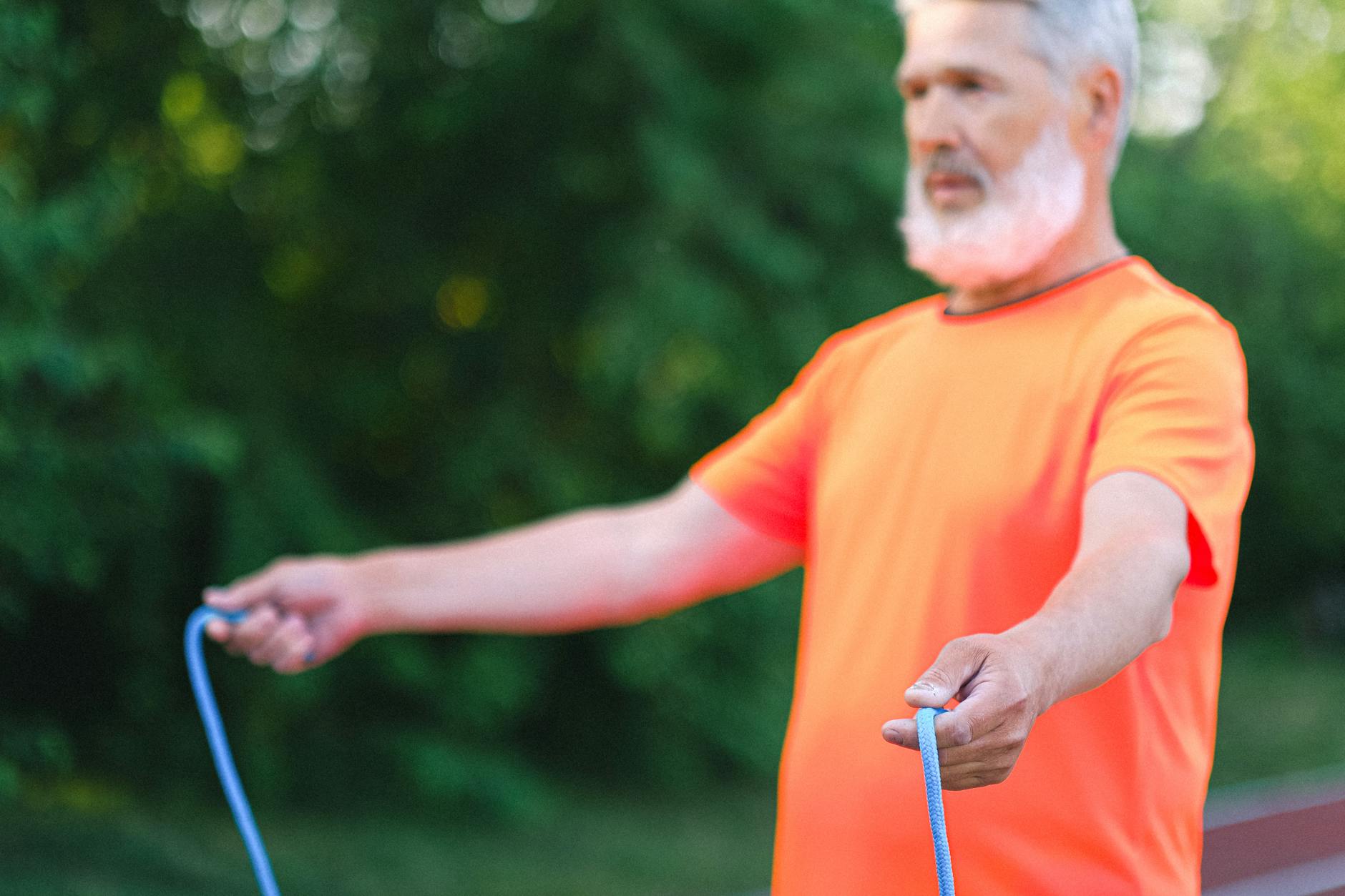
- Keep at it
When you can complete 5 successions of the 2-2 drill in succession, the following stage is to take a stab at accomplishing all the more twofold unders in succession.
“Go until your structure separates,” says Newman. “At the point when you feel your structure start to breakdown set up camp to hold back from building up helpless structure.”
- It’s not exactly how you utilize the rope, it’s the size
- In case you’re going to name well, you need the right rope.
- Newman says the best leap rope, no doubt, is the Original Rx Jump Rope.
To pick the right length, stage one foot into the center of the rope. Then, at that point, pull the rope along your body. “We absolutely never need the string to be longer than the lower part of your sternum [chest],” he says.
Indeed, even at that length, the rope could be excessively long for somebody who keeps their hands extremely near their body while they bounce.
On the off chance that you notice that the rope is ricocheting off the ground uniquely in contrast to previously, the rope is excessively long. Likewise goes if the rope changes pace as it approaches your feet.
The primary concern
While it’s not unexpected for twofold unders to be named a CrossFit workout, they’re an activity that can and ought to be delighted in by a wide range of exercisers.


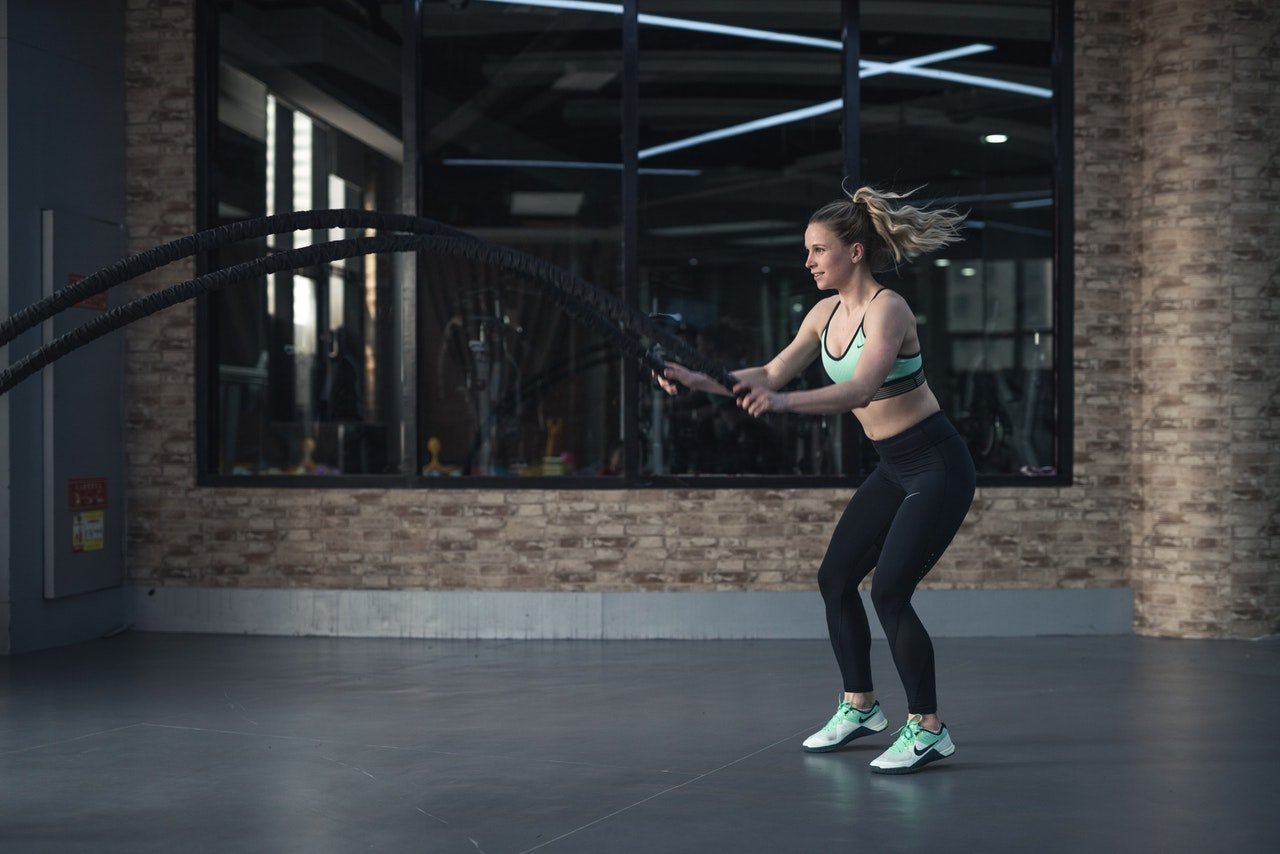

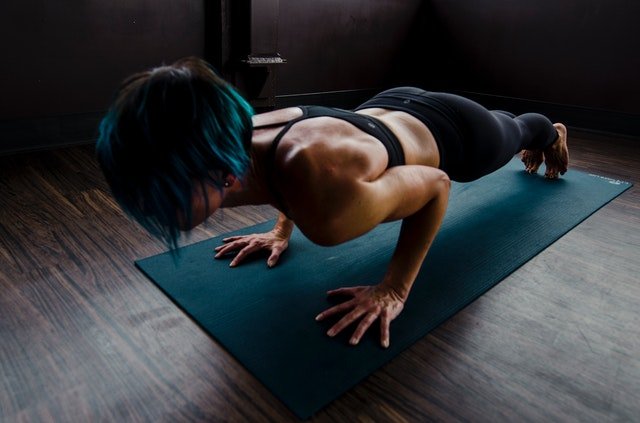
GIPHY App Key not set. Please check settings